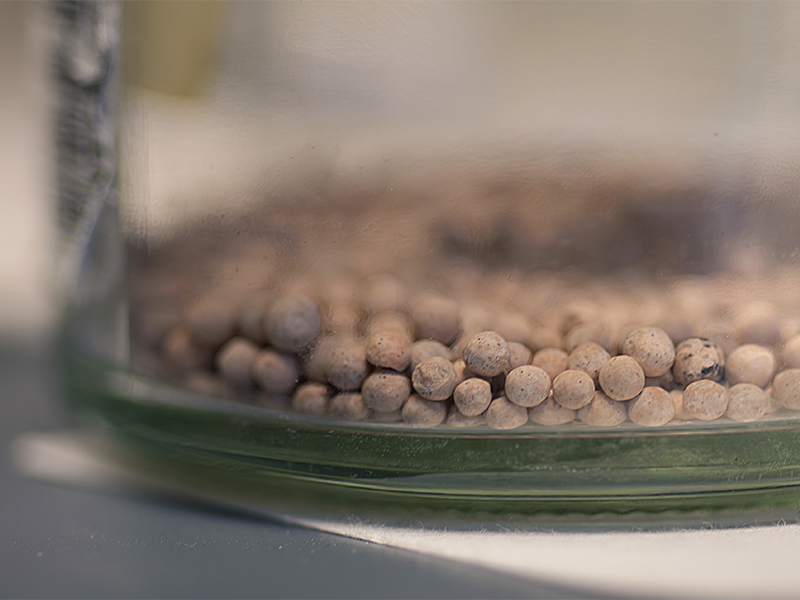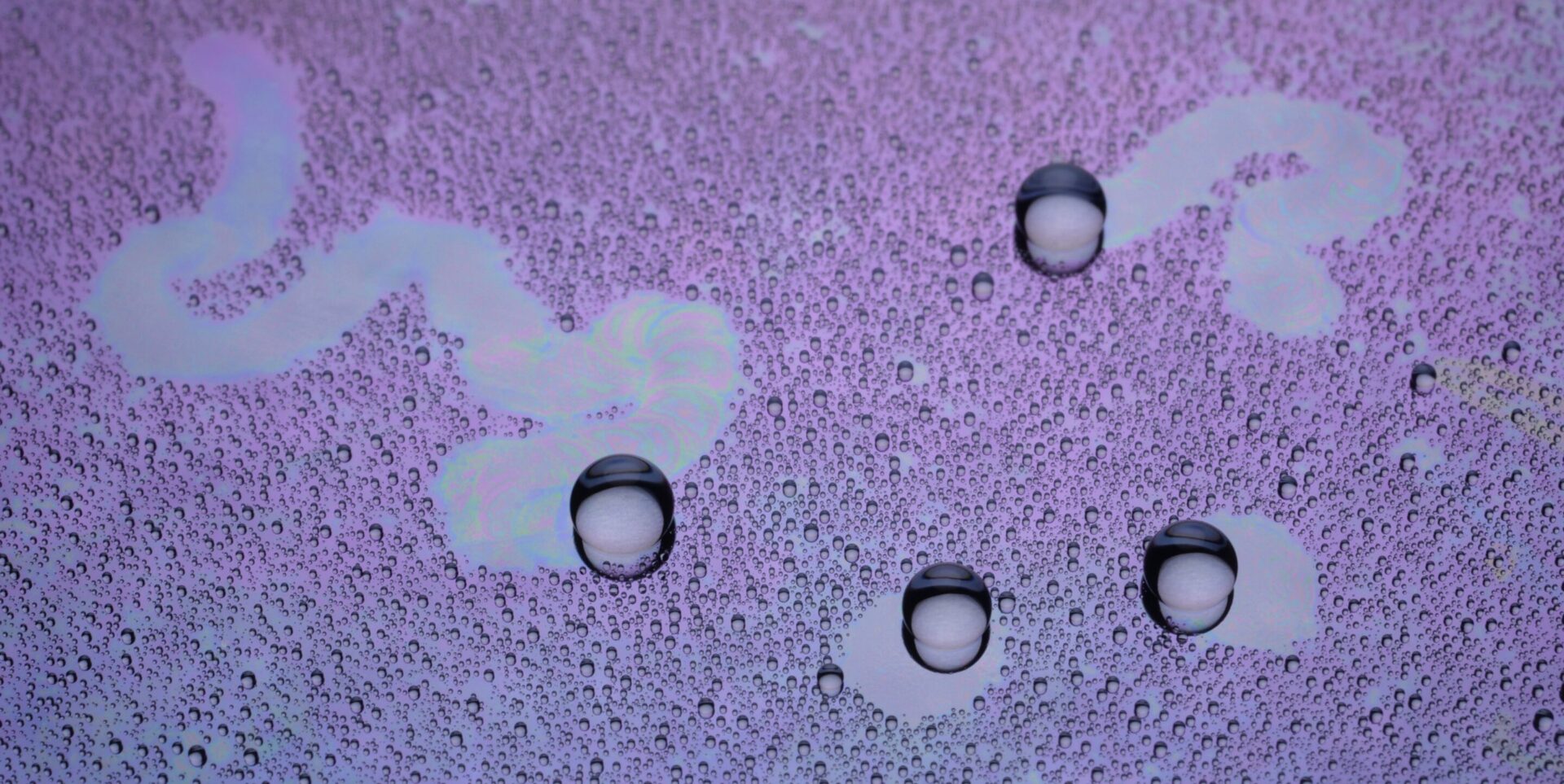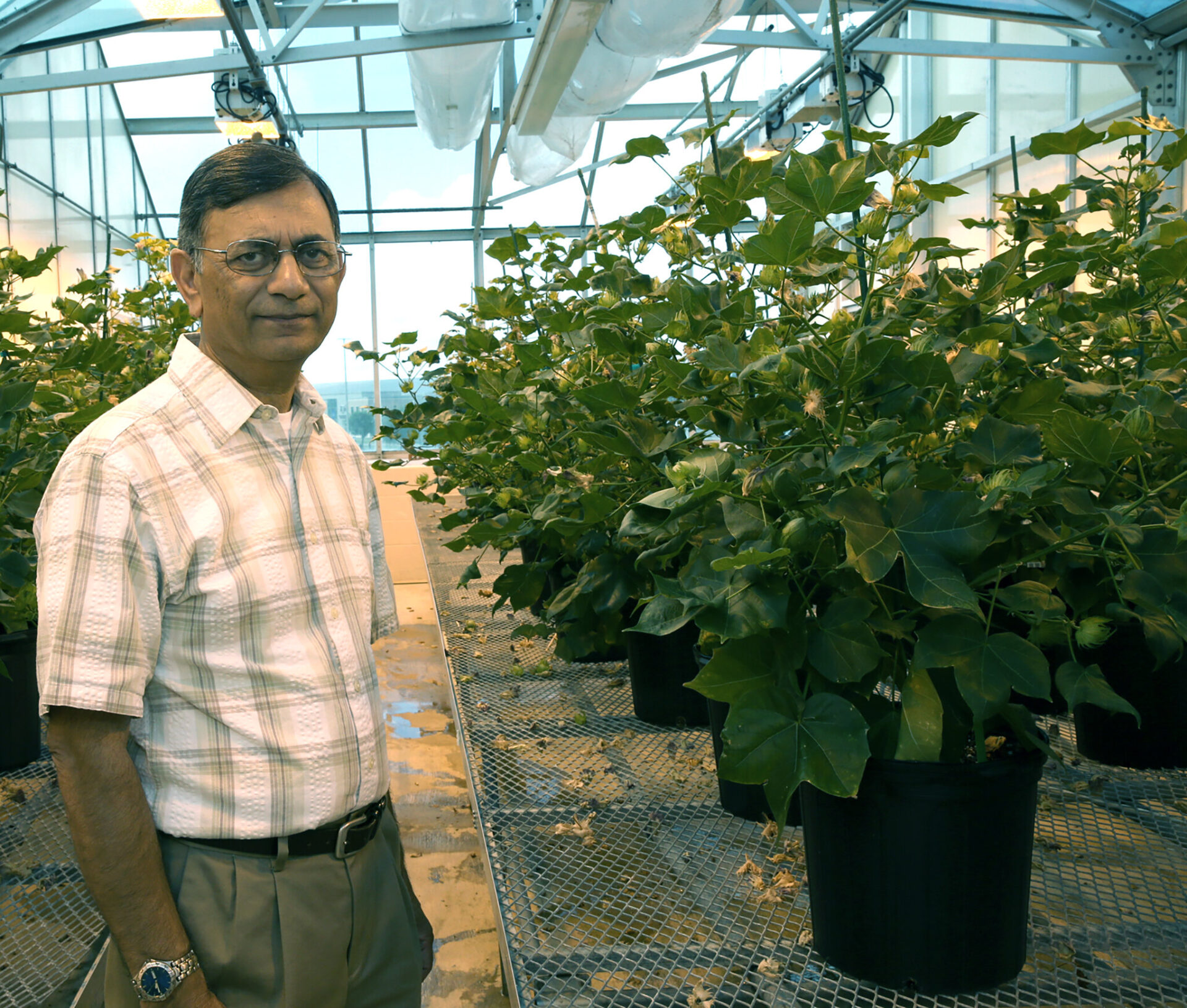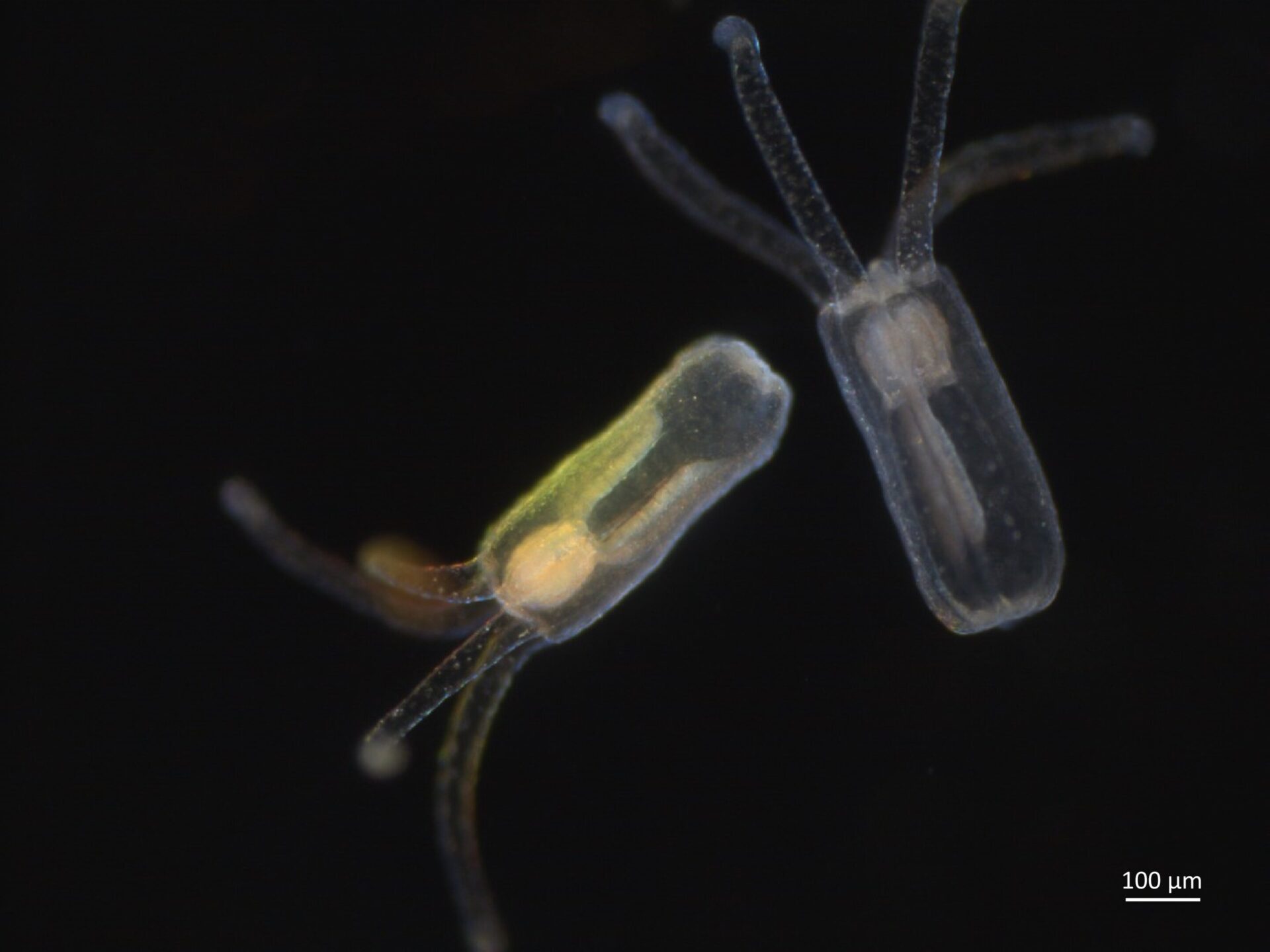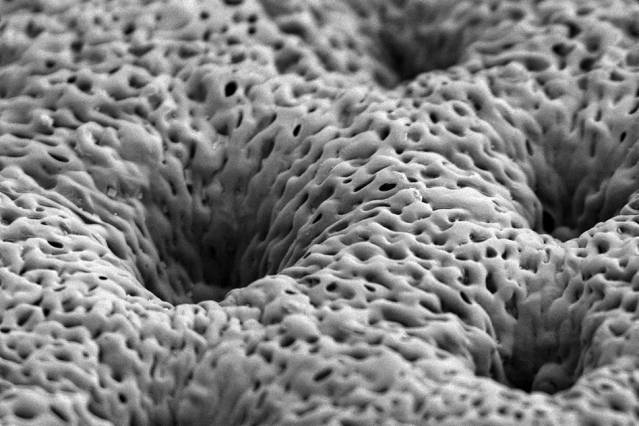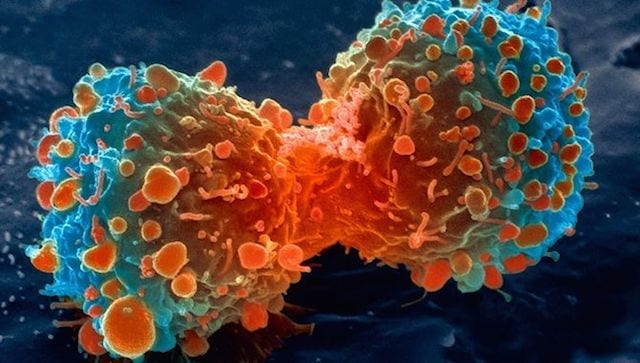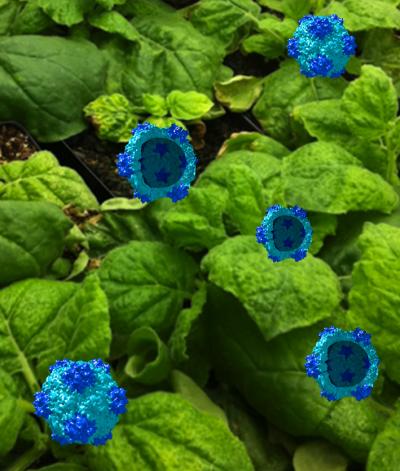
Biomedical startup company Biome, founded by Kaunas University of Technology (KTU) researchers, is offering a synthetic bone equivalent used for bone restoration operations in odontology.
The bone equivalent Cell’in, created by Lithuanian researchers, is made from cellulose/hydroxyapatite composite. The analogical products in global market are usually created on the basis of synthetic polymers.
The bone equivalent was created by collaborating groups of researchers at KTU, headed by Professor Jolanta Liesien? (Faculty of Chemical Technology) and Lithuanian University of Health Sciences (LSMU), headed by Professor Gintaras Juodžbalis (Face and Jaw Surgery Clinic).
“The innovative bone equivalent is being created from natural polymer, i.e. cellulose. As in human body there is no cellulase, which helps to decompose cellulose, it degrades very slowly, but after some time is being resorbed. Cellulose is non-cytotoxic, biologically compatible and provides friendly environment for cell absorption and multiplication. The porosity of the implant enables the circulation of nutrients and metabolites”, said Professor Liesien?.
This means that the Cell’in bone implant would stay in place sufficiently long, so as blood vessels network can form and the bone can regrow in the place of a fraction. However, in time it will dissipate without leaving any toxic waste. Moreover, the structure of the artificial bone is completely compatible with the morphology of human bone.
Cell’in implant is an efficient solution in reducing time and price of complex dental implant surgery procedures.
Commercialised by Biome
The invention is being commercialised by a startup Biom?, which was established with the funding from Lithuanian Agency for Science, Innovation and Technology (MITA).
Biome offers an innovative approach towards production of bone equivalents: they are being produced in 3D blocks, which can be cut and shaped by a surgeon into a required size and form. Thus, the implant can fill in the whole fracture in the bone, and its macroporous matrix allows the formation of blood vessel network, which enables the growth of natural bone. After the implant dissipates, its place will be taken by a newly grown natural bone.
Established in 2014, Biome made it to TiE50 TOP Startup 2015, and was recognised as one of 50 most enterprising technology startups in the world. Every year 5 thousands of startups apply for competition from all over the world.
“To the best of our knowledge, we are the first biomedical technologies enterprise from Lithuania, which made it to the list. Now, one of our strategic tasks is finding international partners. For a small and dynamic enterprise, such partnerships are crucial”, said Kristina Lies?, director of Biome.
Although the main Biome’s project is commercialising of cellulose/hydroxyapatite composite bone, the enterprise is developing a number or other projects.
Bone restoration is the second most popular tissue transplant surgery, after bone marrow transplantation. The high demand for bone equivalent, which is used for these surgery operations, is constantly increasing.
Read more: Researchers from Kaunas Universities Discovered the Possibility to Completely Restore Human Bones
The Latest on: Bone restoration
[google_news title=”” keyword=”Bone restoration” num_posts=”10″ blurb_length=”0″ show_thumb=”left”]
via Google News
The Latest on: Bone restoration
- Wildfire prevention: New BurnBot technology to improve forest restoration in Tahoe-Truckee regionon May 1, 2024 at 6:50 pm
Truckee region are taking action to improve wildfire prevention. “Forest health has to be our number one goal. Because if we lose the forest, we lose everything else, said Amy Berry, the CEO of Tahoe ...
- How to get a Heavensward (Anima) relic weapon in FFXIVon May 1, 2024 at 12:48 pm
As expected with this old weapon, you can only make Anima relic weapons for jobs that were available when Heavensward came out: Paladin, Warrior, Dark Knight, White Mage, Scholar, Astrologian, Monk, ...
- Multilateral development banks must prioritize clean & community-led energy projects (commentary)on May 1, 2024 at 11:25 am
The intensifying impact of the climate crisis on frontline communities in the Global South, record-breaking CO2 emissions, and global temperatures exceeding 1.5 degrees Celsius above average in 2023 ...
- 9 Types of Antiques That Will Only Get More Valuable Over Time, According to Designerson May 1, 2024 at 7:40 am
Martyn Lawrence Bullard Bridgerton Joy Moyler antique French Empire-style Gilt Bronze and Crystal Mantle clock Charlotte Moss ...
- The toll of Colorado's wolf war: Rancher says Grand County on edge after wolf killson April 30, 2024 at 9:51 pm
Conway Farrell was a reluctant public player in the wolf depredation game until his fifth cattle loss in 11 days to wolves. He's silent no more.
- The 'Methstang' is the most heavily trashed Mustang we've seen – and it's been restoredon April 29, 2024 at 8:14 am
Featuring molten pickups, significant chip damage, and signs of a beetle living in the headstock, the Methstang was labeled a corpse by its savior before receiving a sensational glow-up ...
- The new face of floodingon April 29, 2024 at 3:00 am
Alabama and the U.S. Gulf Coast region have seen a sudden burst of sea level rise, spurring flooding in low areas exacerbated by rainfall and high tides.
- Army Veteran from the South Bay receives backyard makeoveron April 28, 2024 at 9:57 pm
Nearly a dozen volunteers from the Home Depot Foundation and 365 Connect spent two days renovating a Army Veteran’s backyard.
- Restored 1981 BMW R 80 G/S Paris-Dakar Is a Collector’s Dream Come Trueon April 27, 2024 at 8:24 am
Despite the extent to which this old-school Beemer has been refurbished, it still looks bone-stock and completely immaculate from head to toe ...
- Home of the Week: Inside a Stylish Upstate New York Hideaway That Exudes Bohemian Charmon April 24, 2024 at 2:00 pm
Located in the scenic Catskills region, Keren Craig, the co-founder of Marchesa, converted the 100-year-old barn into a bucolic country hideaway.
via Bing News


